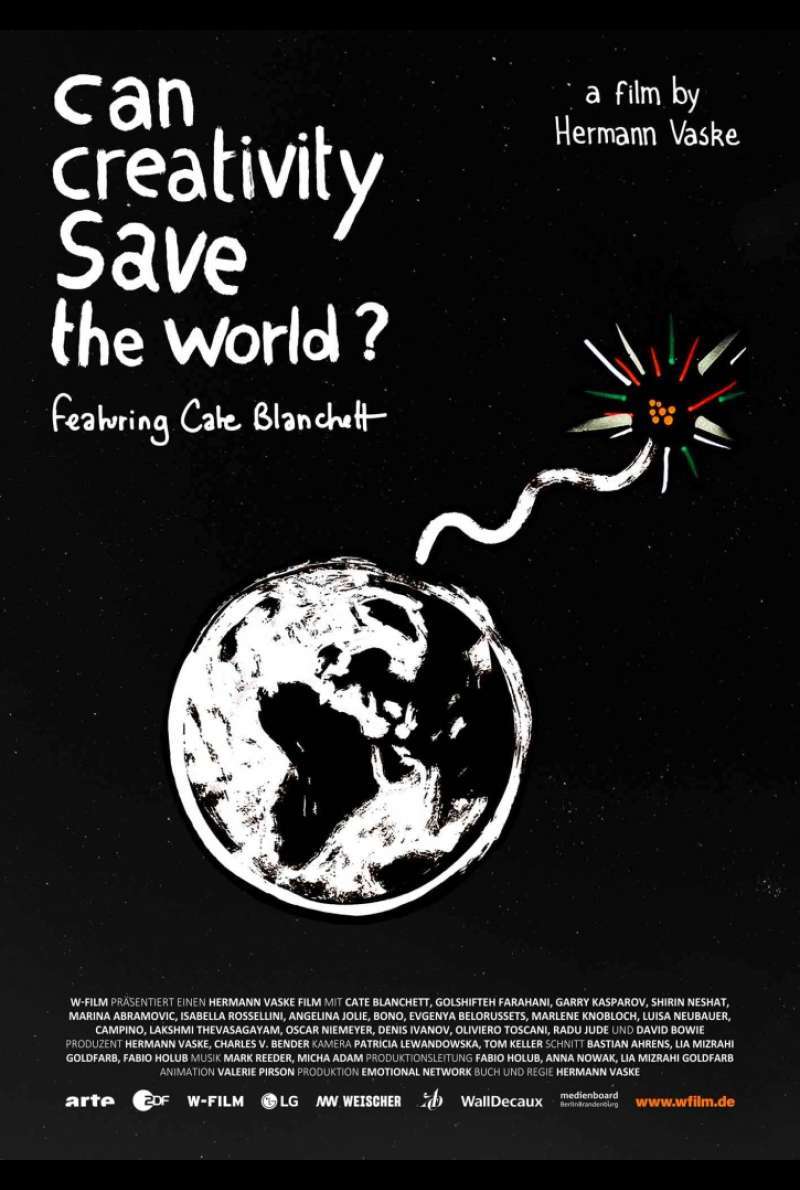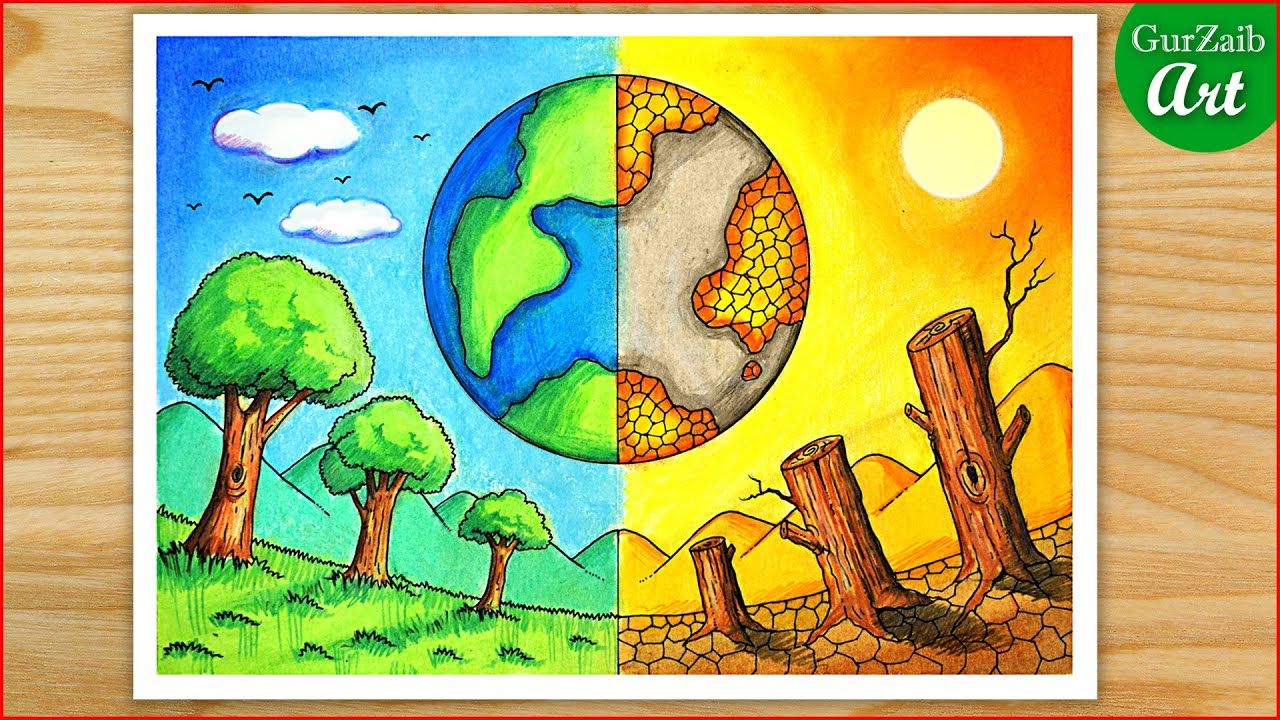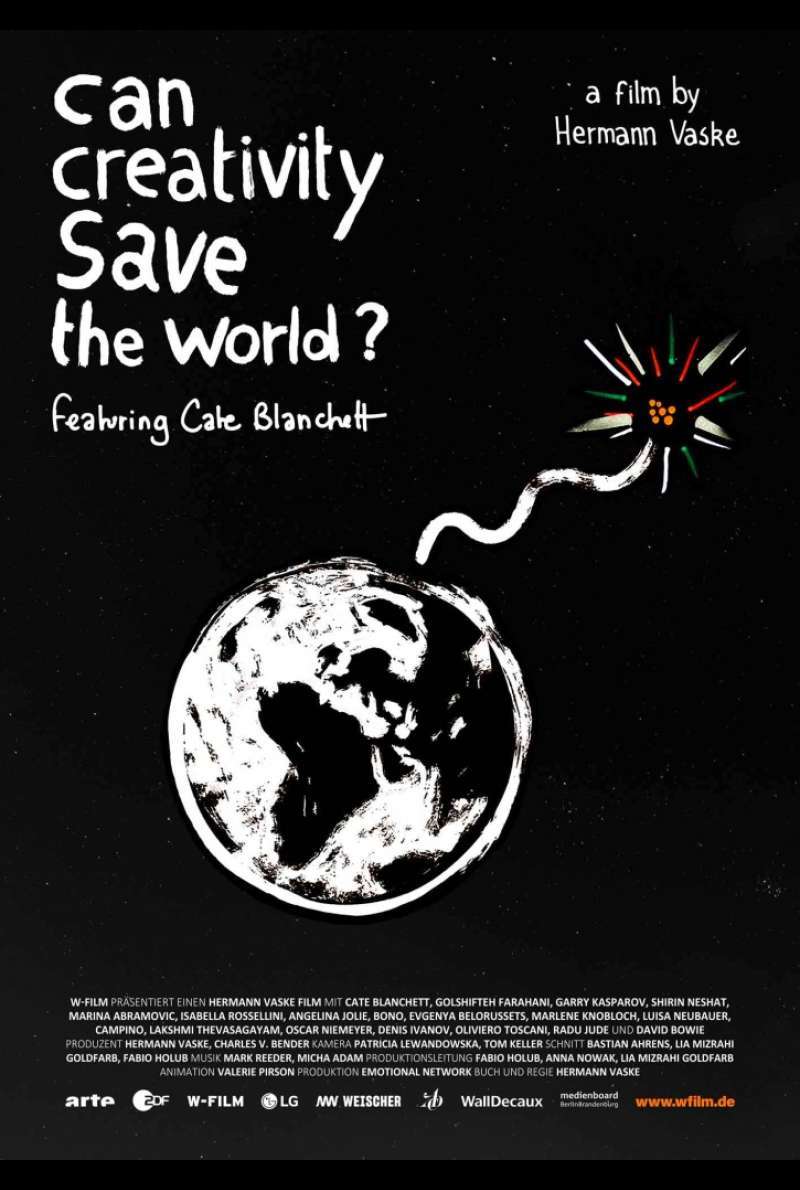Can Creativity Save The World

In a world grappling with climate crises, social inequities, and technological disruptions, the question arises: can creativity save us? It’s a bold proposition, one that challenges the traditional reliance on data-driven solutions and technological advancements. Yet, history whispers tales of human ingenuity overcoming seemingly insurmountable odds. From the Renaissance to the Apollo missions, creativity has been the spark igniting progress. But can it be the lifeline we need now?
The Creative Spark: Beyond Art and Innovation
Creativity isn’t solely the domain of artists and inventors. It’s a fundamental human capacity, a cognitive muscle we all possess. It’s the ability to see connections where others see divides, to imagine possibilities beyond the present, and to challenge established norms. Think of Malala Yousafzai, whose unwavering belief in education for girls sparked a global movement. Or consider the ingenious solutions emerging from communities facing resource scarcity, like the “Liter of Light” project using plastic bottles to bring solar lighting to impoverished areas. These examples illustrate how creativity, fueled by empathy and necessity, can address complex problems in unexpected ways.
One of creativity’s most potent weapons is its ability to shift perspectives. It allows us to step outside our echo chambers, challenge ingrained biases, and envision solutions from diverse viewpoints.
- Pros: Data-driven, systematic, predictable outcomes.
- Cons: Can be rigid, lacks flexibility, often perpetuates existing power structures.
Creative Problem-Solving:
- Pros: Generates novel solutions, fosters collaboration, addresses root causes.
- Cons: Can be unpredictable, requires openness to risk, may face resistance to change.
Consider the climate crisis. Traditional approaches focus on technological solutions like carbon capture and renewable energy. While crucial, these alone may not be enough. Creative approaches, like the “Drawdown Project,” propose a multifaceted strategy involving reforestation, regenerative agriculture, and community-led initiatives. This holistic approach, born from diverse perspectives, offers a more comprehensive and potentially sustainable solution.
Creativity in Action: Real-World Examples

1. Design Thinking for Social Impact:
Organizations like IDEO.org are using design thinking, a human-centered creative process, to tackle issues like access to clean water and healthcare in underserved communities. By involving local communities in the design process, they create solutions that are culturally relevant and sustainable.
2. Art as a Catalyst for Change:
Street art, music, and film have long been powerful tools for social commentary and activism. The Black Lives Matter movement, for instance, has been amplified through powerful visual art and music, sparking global conversations and inspiring action.
3. Gamification for Learning and Engagement:
Gamification, applying game-design elements to non-game contexts, is being used to tackle complex issues like poverty alleviation and environmental education. Games like “Foldit” engage players in protein folding research, while “Eco” simulates ecological systems, fostering awareness and encouraging sustainable behaviors.
The Challenges: Nurturing the Creative Spark

While creativity holds immense potential, several challenges hinder its full realization:
Education Systems: Traditional education often prioritizes rote learning and standardized testing, stifling creative thinking and risk-taking.
Fear of Failure: Societal pressure to conform and avoid mistakes can discourage experimentation and innovative ideas.
Power Structures: Existing power dynamics can marginalize voices from diverse backgrounds, limiting the range of perspectives and solutions.
- Reimagining Education: Incorporate project-based learning, encourage interdisciplinary collaboration, and value creative expression.
- Embrace Failure as Learning: Foster a culture where experimentation and calculated risks are encouraged, and failure is seen as a stepping stone to success.
- Amplify Diverse Voices: Create platforms and opportunities for marginalized communities to contribute their unique perspectives and creative solutions.
The Future: A Symphony of Creativity and Technology
The future of problem-solving lies not in pitting creativity against technology, but in their harmonious collaboration. Artificial intelligence, for instance, can analyze vast datasets and identify patterns, while human creativity can interpret these insights and generate innovative solutions.
Imagine AI-powered platforms that connect creative minds across the globe, facilitating collaboration on complex challenges. Picture virtual reality experiences that immerse us in the consequences of our actions, fostering empathy and inspiring creative solutions.
Can Creativity Save the World?
The answer is not a simple yes or no. Creativity alone cannot solve all our problems. However, it is an indispensable tool, a catalyst for innovation, empathy, and transformative change. By nurturing our creative capacities, embracing diverse perspectives, and harnessing the power of technology responsibly, we can forge a future that is not just sustainable, but truly thriving.
Isn’t creativity just for artists and designers?
+Absolutely not! Creativity is a fundamental human capacity present in everyone. It’s about approaching problems from different angles, imagining new possibilities, and finding innovative solutions. Scientists, engineers, entrepreneurs, and even everyday individuals demonstrate creativity in their unique ways.
How can I be more creative in my daily life?
+Engage in activities that stimulate your imagination, like reading, writing, drawing, or playing music. Embrace curiosity, ask “what if” questions, and don’t be afraid to experiment. Surround yourself with diverse perspectives and seek out new experiences.
What role does technology play in fostering creativity?
+Technology can be a powerful tool for amplifying creativity. It provides access to information, connects people globally, and offers new mediums for expression. However, it’s crucial to use technology mindfully and avoid letting it stifle our own imaginative capacities.
How can we create a more creative society?
+We need to foster a culture that values diversity, encourages risk-taking, and celebrates failure as a learning opportunity. This involves reforming education systems, promoting inclusive spaces for creative expression, and supporting initiatives that empower individuals to contribute their unique perspectives.
What are some examples of creative solutions to global challenges?
+From community-based renewable energy projects to innovative water purification systems and art-based activism, countless examples demonstrate the power of creativity in addressing pressing issues. Exploring platforms like Ashoka, TED, and the World Economic Forum can provide inspiring examples.
